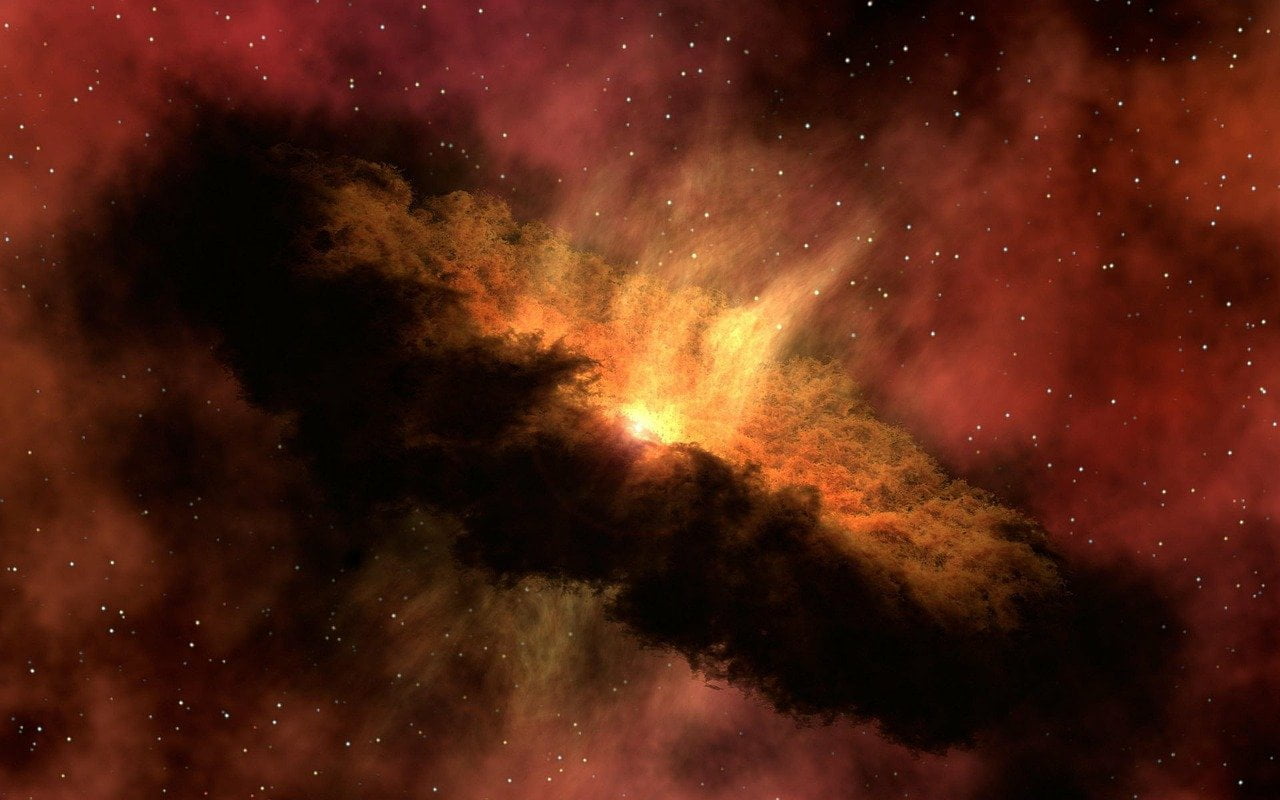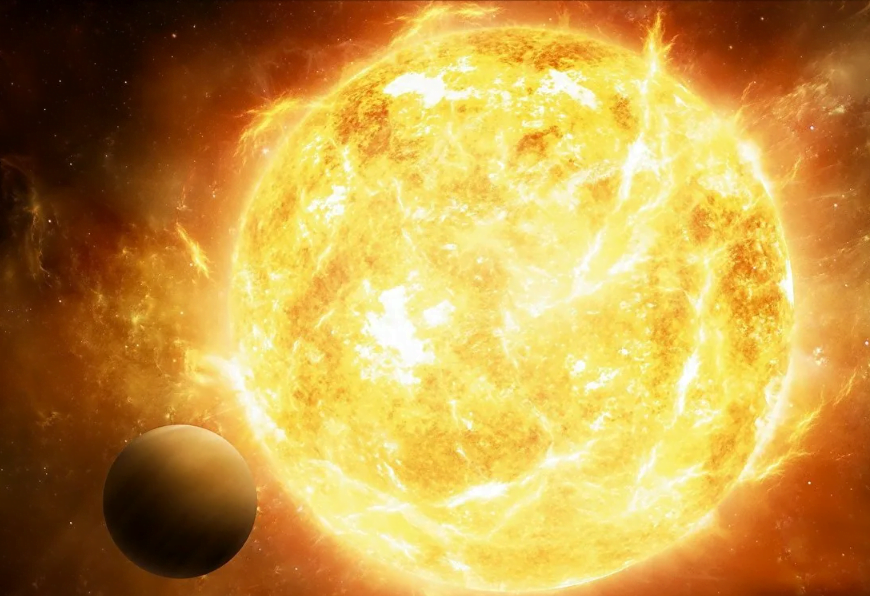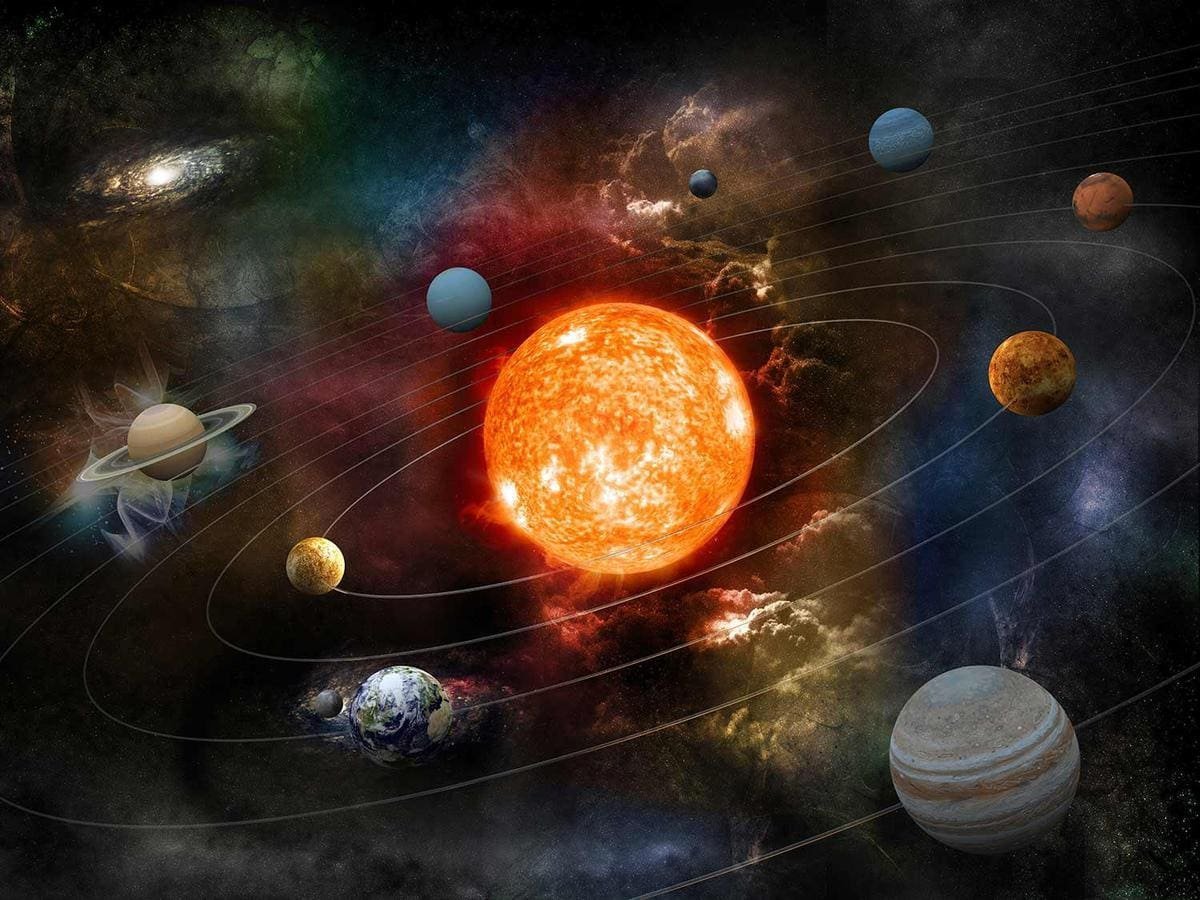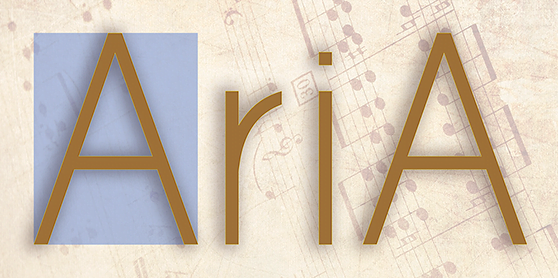Are you sure you know all about what our solar system is like? Here are some interesting features you may not have known about.
The solar system is so called because the eight planets (nine if you count Pluto) that make it up, as well as the other celestial bodies in the system, revolve around the Sun, our star. Probably everyone knows this. Did you know that:
The solar system is a gravitationally bound system consisting of the Sun and objects orbiting around it. It was formed 4.6 billion years ago by the gravitational collapse of a giant interstellar molecular cloud. The vast majority (99.86%) of the system's mass is in the Sun, with most of the remaining mass contained in the planet Jupiter. The four planets of the inner system - Mercury, Venus, Earth and Mars - are terrestrial planets composed mainly of stone and metal. The four giant planets of the outer system are much larger and more massive than the terrestrial planets.
The two largest, Jupiter and Saturn, are gas giants consisting mainly of hydrogen and helium; the next two, Uranus and Neptune, are ice giants consisting mainly of volatile substances with relatively high melting points compared to hydrogen and helium, such as water, ammonia and methane. All eight planets have nearly circular orbits that lie close to the plane of the Earth's orbit, called the ecliptic.
The eight planets have a total of over 200 moons. Apart from us, Mars has 2, Neptune 13 and Uranus 27. The record belongs to Jupiter and Saturn, which have 79 and 82 satellites respectively, recognised by the International Astronomical Union. Mercury and Venus are alone in their flight.
The highest point we know of is Mount Olympus, a gigantic volcano located on Mars: it is about 600 km in diameter and its summit rises more than 22,000 metres above the surface of the planet.

The solar system and its boundaries.
How big is the solar system? It is difficult to say, as it is not known where it ends. Its diameter is often calculated to be about 100 Ua (astronomical units), equal to 15 billion km, but discoveries of new celestial bodies that fall under the Sun's gravitational pull are pushing the limits further and further away.
Until a decade ago, there were nine planets in the system. Among them was Pluto, discovered in 1930 by Briton Clyde Tombaugh. However, in 2006 the International Astronomical Union decided that it was too small and too different from the other planets, so it was... relegated to dwarf planet status. But it may soon return to its former status. Who knows?
Time is relative. And it truly is. On Jupiter, which is the planet with the shortest rotation period, a day is only 10 hours there, while on Venus the next day will not come until 116 days and 18 Earth hours later.
Jupiter is a so-called 'gas giant'. Jupiter is a 'gas giant' and lives up to its name: at 142 984 km in diameter, it can comfortably contain seven other planets. It is also miniscule in comparison with the Sun: at 1.4 million km in diameter, it contains 99.9% of all matter in the solar system!
The New Horizons probe, which reached Pluto last July after more than nine years of travel, is not the only one in space, nor is it the most distant. Voyager 1, launched in 1977 to photograph Jupiter and Saturn, is still active and has reached a distance of more than 20 billion km from the Sun. However, the Parker probe, which will depart in August 2018, will travel even farther, approaching 6.2 million kilometres from our star.
If the Earth is a blue planet, the other planets are no less colourful. Mars is brownish (like butterscotch), Jupiter is striped, Saturn is bronze, Uranus is greenish and Neptune is dark blue.
Rings are Saturn's most famous feature: fragments of ice that are arranged in a circle around the planet by gravity. Its other peculiarity is that it has the lowest density in the whole solar system: it is so light that, if this planet were on water, it would float!
If you see the Sun rising in the west and setting in the east, you are on Venus, the only planet in the solar system that rotates clockwise around itself.




 and then
and then 
